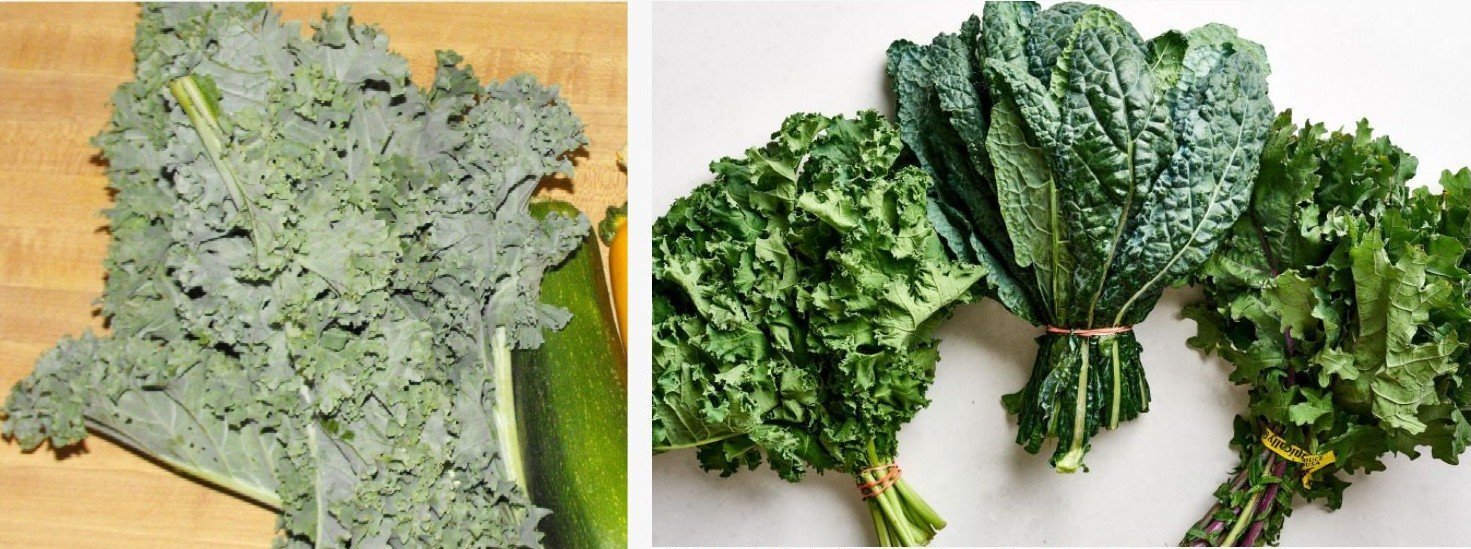kale
2013-08-14 a.o.
Kale or leaf cabbage is one of certain cultivars of cabbage grown for their edible leaves, although some are used as ornamentals. Kale plants have green or purple leaves, and the central leaves do not form a head (as with headed cabbage). Kales are considered to be closer to wild cabbage than most of the many domesticated forms of Brassica oleracea.
Kale is usually an annual plant grown from seed with a wide range of germination temperatures. It is hardy and thrives in wintertime, and can survive in temperatures as low as –15° Celsius. Kale can become sweeter after a heavy frost.
Ornamental kale
Many varieties of kale and cabbage are grown mainly for ornamental leaves that are brilliant white, red, pink, lavender, blue or violet in the interior of the rosette. The different types of ornamental kale are peacock kale, coral prince, kamone coral queen, color up kale and chidori kale. Ornamental kale is as edible as any other variety, but potentially not as palatable. Kale leaves are increasingly used as an ingredient for vegetable bouquets and wedding bouquets.
MY COMMENTS:
Kale is a leaf cabbage. It produces many leaves, but no head, buds or thickened stems. Like leaf lettuces, it can be harvested a few leaves at a time and will keep growing until it goes to seed.
Kale is a real fad nowadays and is being hailed as a 'super' food that will cure all kinds of ailments. `For that purpose, it is often blended into smoothies or served raw in salads.
I have grown and harvested kale in my backyard vegetable garden. (Pic1) Not only does kale do well in winter, but it also tolerates our desert Summer heat. These garden pictures were taken in August at the hottest part of Summer.
Do take notice of the many holes in the leaves. I've never seen snails in my garden, but there are several kinds of caterpillars that would gladly eat them.
I do not have any recipes documented. I assume it went into one of my mixed vegetable soups.
 Pic1: a curly kale variety
Pic1: a curly kale varietyPic2: curly kale, Tuscan kale, Russian kale